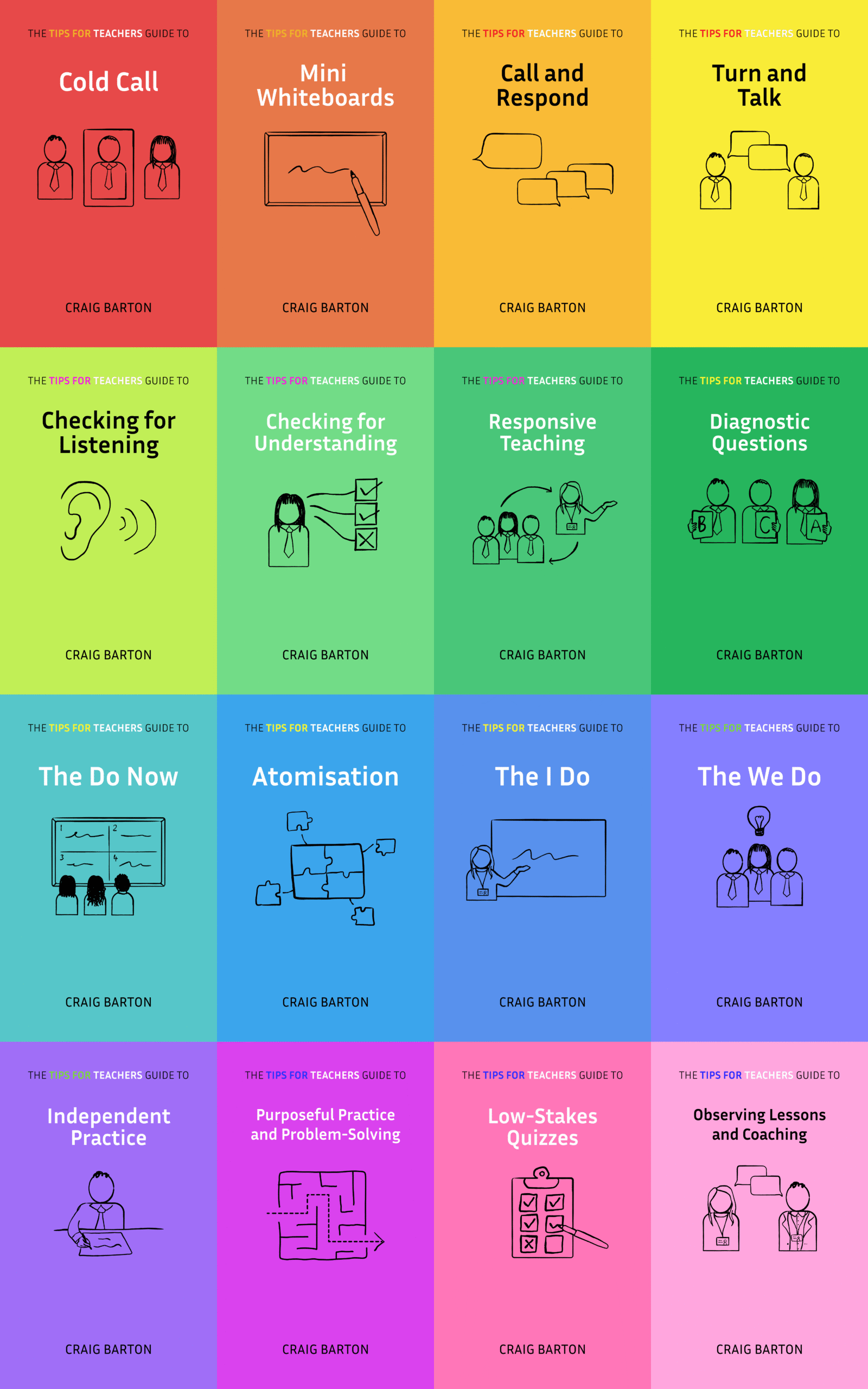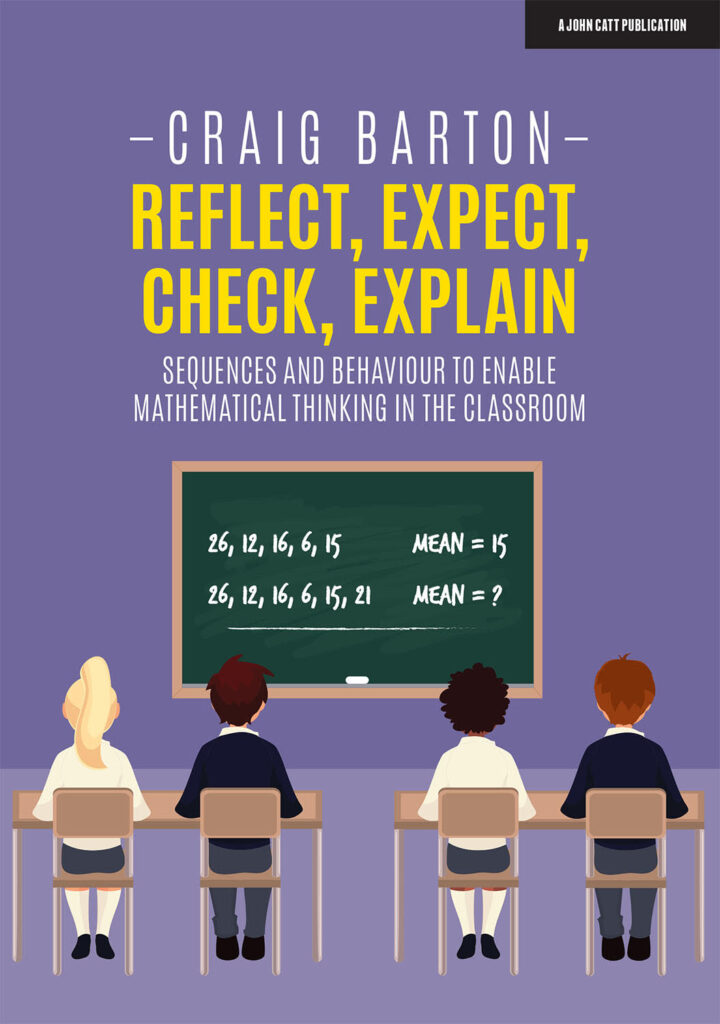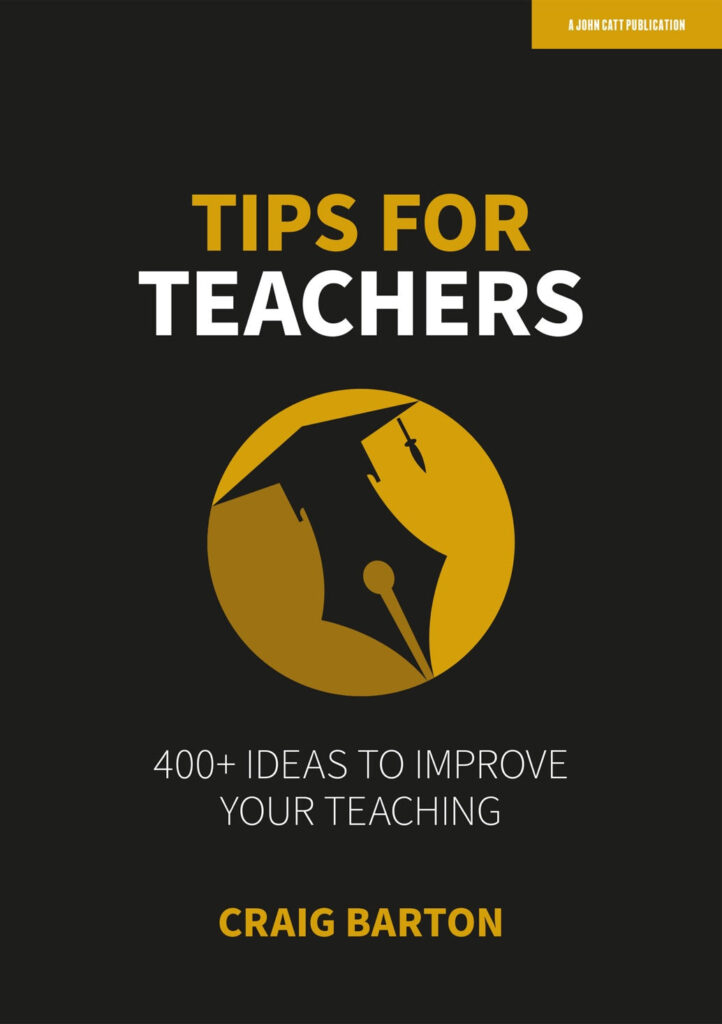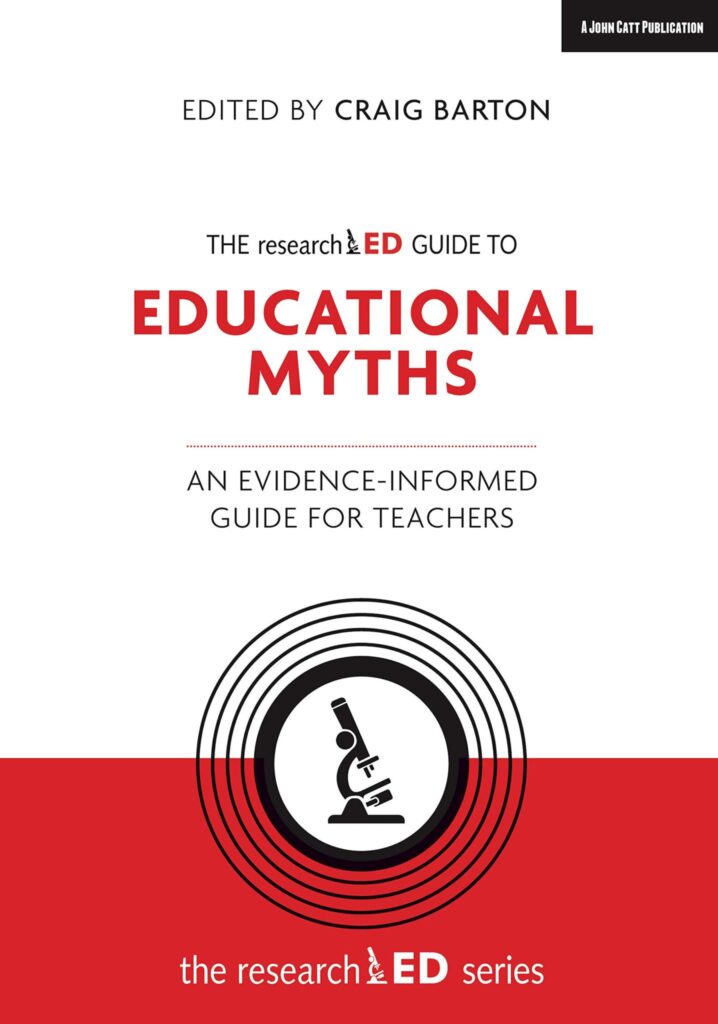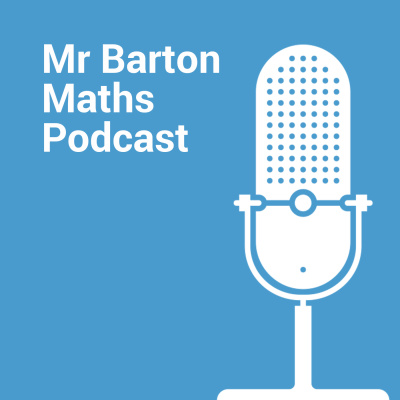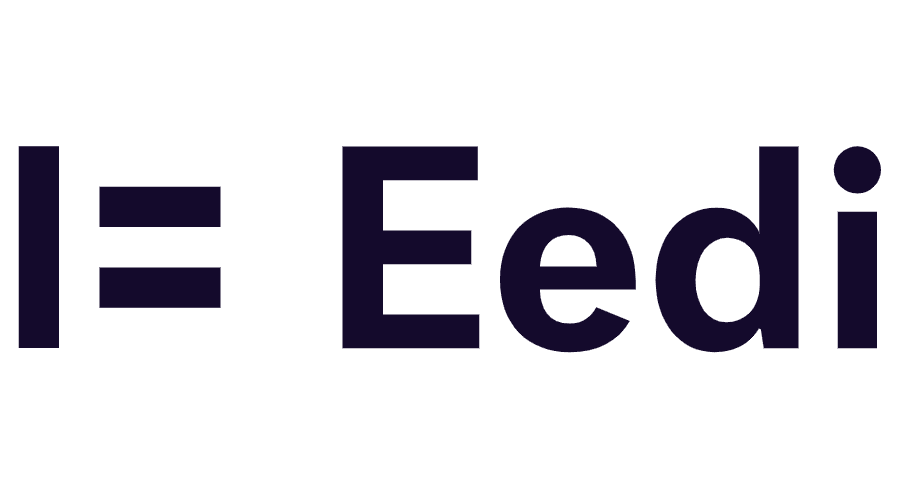
- Title: The components of direct instruction
- Authors: Watkins and Slocum
- Access the original paper here
- Watch a video overview:
Paper summary
The provided text offers a comprehensive overview of Direct Instruction (DI), an educational approach designed to teach subject matter efficiently to ensure all students master the material. It identifies the three main components of DI as program design, the organisation of instruction, and student–teacher interaction techniques, explaining the key elements of each. Furthermore, the source discusses the extensive research supporting DI’s effectiveness across diverse student populations and content areas, highlighting the positive findings from Project Follow Through, the largest educational experiment in history, which found DI to be the only model demonstrating significant positive outcomes on basic skills, cognitive-conceptual measures, and affective measures. The article also addresses common misconceptions about DI, particularly the incorrect idea that it promotes rote learning, by emphasising its focus on teaching generalizable strategies and higher-order thinking skills.
If teachers remember one thing from this study, it should be…
Direct Instruction was the only model in Project Follow Through to show significant positive outcomes on basic skills, cognitive-conceptual, and affective measures, raising disadvantaged students’ achievement to national norms.
***Paper Deep Dive***
What are the technical terms used in the paper?
Direct Instruction—an integrated system for teaching subject matter efficiently.
General case programming—designing instruction to communicate one meaning and enable generalised responding.
Tracks—sequences of activities developing a skill across multiple lessons.
Group unison responses—all students answering orally together to maximise engagement.
What are the characteristics of the participants in the study?
The participants in Project Follow Through (the largest study mentioned) were nearly 100,000 economically disadvantaged children from 170 communities across the United States. They were tested from kindergarten or first grade until the end of third grade.
What does this paper add to the current field of research?
The paper’s key addition is demonstrating, via Project Follow Through, that Direct Instruction was the only model achieving significant positive outcomes on basic skills, cognitive-conceptual, and affective measures. It also details comprehensive program design principles that extend general effective teaching research.
What are the key implications for teachers in the classroom?
The key implications of the Direct Instruction (DI) approach for teachers in the classroom revolve around rigorous planning, flexible organisation, and precise delivery techniques aimed at maximising student success and efficiency.
Key implications for classroom practice include:
Instructional Organisation and Design
- Grouping and Placement: Teachers must use flexible skill grouping to ensure each student receives instruction appropriate to their individual needs, often referred to as their “zone of proximal development”. Grouping is based on mastery of specific skills needed for the program, not general characteristics like intelligence, which is incompatible with DI. Teachers must adjust group placements based on ongoing performance (moving students who are bored up, and those making many errors down).
- Time and Pacing: Teachers must allocate sufficient time for instruction and use that time efficiently by organising smooth transitions and efficient routines. They must maintain a brisk pace to cover more material, hold student attention, and reduce behaviour problems, while still allowing adequate “think time” for students.
- Curriculum Delivery: Teachers implement precise instruction using detailed, scripted presentations to assure high-quality, well-designed instruction. The teacher’s role becomes that of a performer who breathes life into the script and makes critical decisions, adjusting the pace and offering individualized motivation.
Mastery and Feedback
- Teach to Mastery: Instruction must ensure that students perform skills at high levels. Mastery should be gauged by the performance of the lowest-performing student in the group, ensuring that they are “virtually 100% firm on all tasks and activities” by the end of the lesson.
- Continuous Assessment: Teachers must continuously monitor students’ progress to gather feedback on the effectiveness of their teaching and make critical decisions about grouping, acceleration, or additional practice based on performance data, not “hunches”.
- Immediate and Direct Corrections: Teachers must notice every error and provide immediate, explicit, and direct corrections. The basic procedure involves model–test–retest. During group responses, corrections are presented to the entire group, never singling out an individual student.
Student Engagement Techniques
- Active Participation: Students learn best when they are actively engaged with the material, maximising opportunities for practice and feedback.
- Group Unison Responses: Teachers should use oral unison responses when the answer is short and the same for all students. This technique provides high-quality practice for all students and allows teachers to assess the entire group’s skills instantly.
- Signals: Teachers must use visual (e.g., pointing) or auditory (e.g., tap, snap) signals to coordinate unison responses so that all students initiate the answer at exactly the same time, preventing echoing and ensuring accurate assessment.
- Motivation: Teachers must create a classroom environment focused on student success, which is the most important basis of motivation. They should frequently comment on success, praise students sincerely, and minimise attention given to undesirable behaviour (“Catch them being good”).
Why might teachers exercise caution before applying these findings in their classroom?
Caution is needed because Direct Instruction is an integrated system, not just a few “key issues”. If any one element (design, organisation, or delivery) is not done well, the whole effort may fail. Also, it is often confused with generic “direct instruction” practices.
What is a single quote that summarises the key findings from the paper?
“As can be seen, the Direct Instruction model was the only model to demonstrate significant positive outcomes on basic skills measures, cognitive–conceptual measures, and affective measures.”
